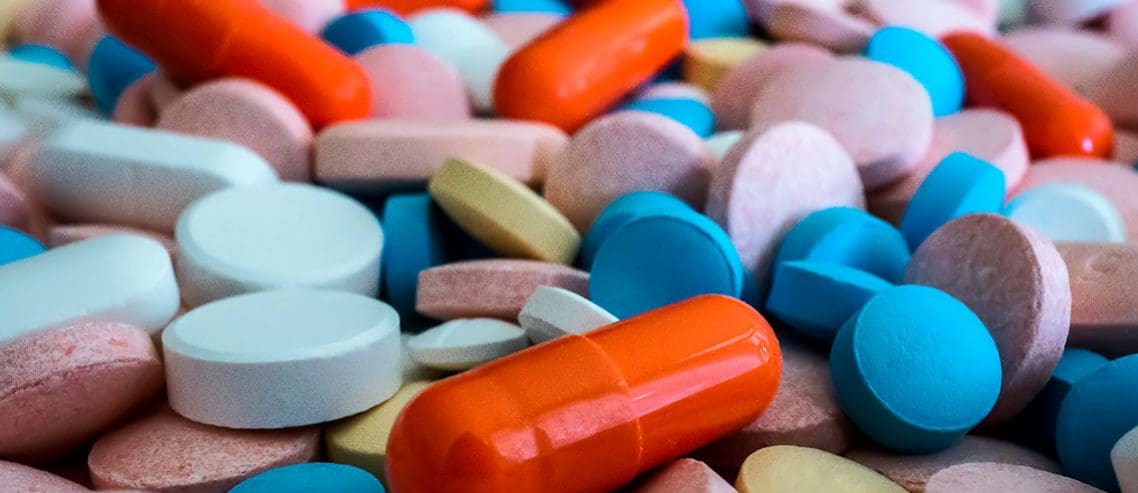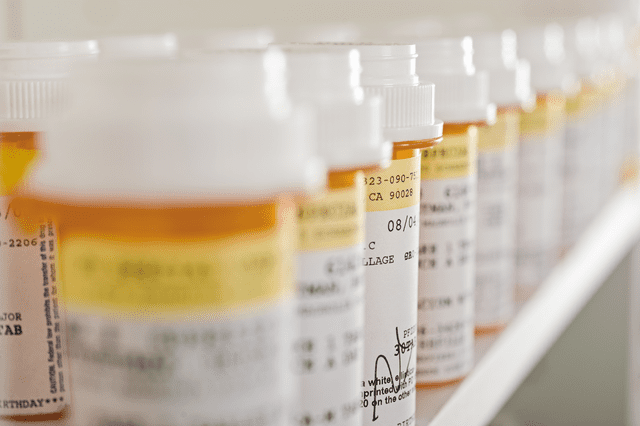National Take-Back Day: The Prescription Drug & Substance Misuse Crisis
Extra prescription drugs that are unused or easily accessible around one’s home can lead to substance misuse and other very real consequences. In fact, according to the Substance Abuse and Mental Health Services Administration, “Approximately 11.5 million adults misused prescription pain relievers at least once in the past year, representing 4.7 percent of all adults or 12.5 percent of adults who used pain relievers in the past year.” Below is a brief look at the world of substance misuse, who it affects and how changes can begin to be made to prevent or overcome addiction to painkillers.
What Is Substance Misuse?
Different from substance abuse, substance misuse is the accidental or mismanaged use of a substance for non-medical purposes. This kind of misuse can be motivated by various reasons and can lead to prescription drug addiction. According to a recent article with the Center for Behavioral Health Statistics and Quality, a branch of the Substance Abuse and Mental Health Services Administration, the varying reasons individuals have misused prescription drugs were:
- to relieve physical pain,
- to relax or relieve tension,
- to experiment or see what the drug is like,
- to feel good or get high,
- to help with sleep,
- to help with feelings or emotions,
- to increase or decrease the effects of other drugs,
- because the respondent is “hooked” or has to have the drug, or
- for some other reason.
This same study also found that the most prevalent cause for substance misuse was to relieve physical pain. Although this might appear like an obvious choice as prescriptions are often used to help alleviate pain, it can still fall under the category of misuse. Consuming prescription medications without a doctor’s formal approval or consuming more than prescribed qualifies as a form of substance misuse.
Who Does It Affect?
Interestingly enough, substance misuse can affect every age group, demographic, and socioeconomic background – it is an issue that does not discriminate. However, recent studies have shown that there are certain age groups more vulnerable to the direct misuse of prescription drugs specifically. In a recent study with the Journal of Clinical Psychiatry, researchers found that the, “Misuse of prescription drugs is highest among young adults ages 18 to 25, with 14.4 percent reporting non-medical use in the past year.” That same study also found that those young adults who were not attending college had the highest rates of misuse, and their access to prescription drugs was through friends and family, free of charge.
On the opposite end, the National Institute on Drug Abuse states that, “More than 80 percent of older patients (ages 57 to 85 years) use at least one prescription medication on a daily basis, with more than 50 percent taking more than five medications or supplements daily.” This particular population then becomes heavily prone to prescription misuse as they are vulnerable to the inherently high volume of pills being supplied within their very own community.
How To Prevent Substance Abuse When Using Painkillers
Issues such as these can often seem daunting or overwhelming as prescription medications are something every individual will most likely interact with during their lifetime. However, there is hope and there are ways to help. Every October 26th, for example, is a national day set apart specifically for the awareness of prescription drug misuse: National Prescription Drug Take Back Day. On this day, the DEA advocates for the proper disposal of all expired and unused prescription drugs in American households, creating a safer space for all. This year, the DEA has also announced it will be accepting vaping devices and cartridges at any of their drop-off locations. In April of 2019, the DEA brought in approximately 937,443 pounds (468.72 tons) of extra/expired prescription drugs.
How To Dispose of Old Medicine
There are a few ways to dispose of unused, old, or expired prescription drugs. According to the FDA, the best way to dispose of medication is to drop off your prescription at a drug take back site, location, or program immediately. If you are unable to accomplish this, then consult the FDA’s flush list and if your medication is approved, you may simply flush it down the toilet.
If your medication does not appear on this list, you must follow the FDA’s guidelines on how to dispose of it through the trash. Place your medication into a sealable plastic bag and mix it with an unappealing substance (coffee grinds, cat litter, dirt) and throw it away in your home trash can. Be sure to remove all personal identification from any prescription bottles beforehand.
It’s time to get informed, raise awareness, and become a part of the change we must see in our communities in order to end prescription drug misuse. For further information or to find a drop-off location near you, click on the website link below:





